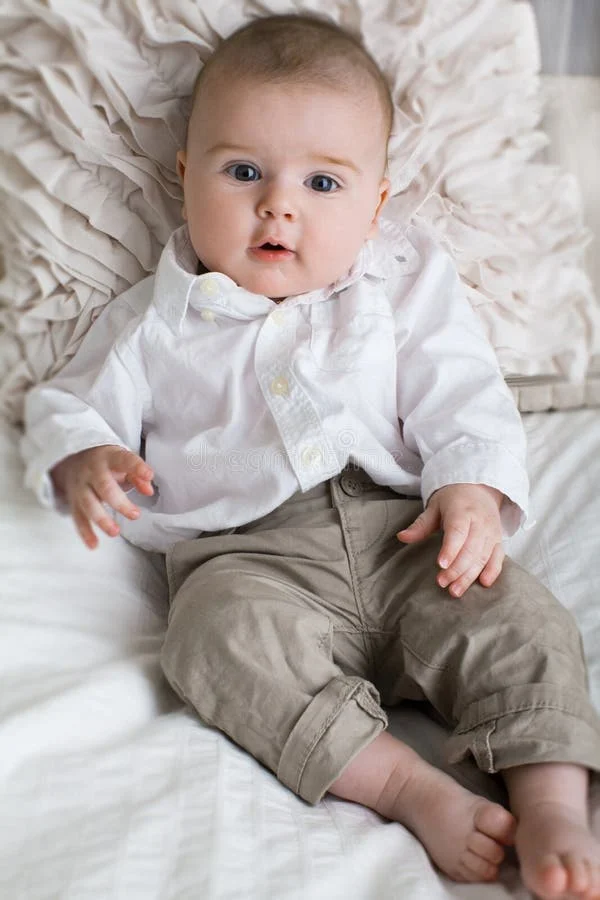This summer, my husband and I have taken to affectionately calling our 9-year-old daughter “The Sloth.” While it may sound unkind, it reflects her current behavior quite accurately. Our younger daughter has never been particularly inclined towards outdoor activities; even as a kindergartner, she preferred coloring books to hopscotch and cartoons to kick-the-can. She is decidedly an indoor child, reluctant to get dirty or sweaty, and wilts under direct sunlight like a delicate flower.
This summer, however, her aversion to outdoor activities has reached new heights. Her desire to spend the entire break engrossed in Minecraft and comic books has turned into a vehement rejection of any alternative suggestions. Statements such as “It’s too hot to jump on the trampoline” and “I hate hiking—there are too many bugs” have become routine. Unlike previous years, when we could gently persuade her to join in outdoor fun, this year, we’re faced with The Sloth.
In an attempt to encourage her to engage in physical activities, my husband enrolled her in biweekly private tennis lessons—an expensive endeavor for which I am often responsible for transportation. Initially, she would sigh and slowly close her laptop, dragging her feet as she got dressed. However, as the summer progressed, her resistance escalated. By midsummer, she was audibly groaning, stomping upstairs, and slamming drawers in frustration while searching for her tennis attire. The car rides to lessons became tense, but by the time we reached the courts, she managed to pull herself together.
Her tennis instructor praised her as “sweet and agreeable,” stating that she follows instructions without complaint. I couldn’t help but think, “You have no idea what it takes to get her here.” In truth, my daughter is only agreeable to everyone except her parents. Just last week, when I handed her a hairbrush and reminded her it was time to get ready for tennis, she scowled and angrily hurled the hairbrush down the staircase. The loud crash startled the dog, cat, and her sister.
“What was that?” I exclaimed, my frustration boiling over. She stood there, fists clenched, her eyes wide with shock as tears began to fill them. “It was an accident,” she insisted. “No, it was not,” I responded firmly, “You threw it on purpose!”
As I drove her to practice, my mind raced with confusion: This is your gentle child, who has always avoided conflict. So, who is this angry girl? While she practiced on the court, I called my husband in distress, expressing my worries about her sudden emotional outbursts. He reassured me that we would discuss it later.
After her lesson, I brought her a warm towel post-shower, casually reminding her not to throw it on the floor. I noticed a quick shift in her demeanor as she crossed her arms and muttered, “Okay, thanks.” This behavior is perplexing; you would think I’d be more prepared, considering I have an older daughter who has already navigated these tumultuous waters.
Reflecting on my own childhood experiences, I remember my older daughter received her period in fifth grade, catching me completely off guard. I had equipped her with the necessary knowledge, yet she was reluctant to discuss it. Similarly, my sister faced confusion and fear when she experienced early puberty without any guidance.
How does one prepare a 9-year-old for such complex issues when she is still learning basic academic skills? It is a challenging task. I whisper to my husband over the phone, “Puberty. Brace yourself.”
Navigating this emotional landscape can feel overwhelming. Understanding the changes your child is experiencing can be crucial. For more insights into home insemination and related topics, check out articles like this one on intracervical insemination. You can also find valuable resources on the subject at NHS, and for high-quality insemination tools, consider Cryobaby.
In summary, preparing for the emotional and physical changes of early adolescence requires awareness and understanding. It can be challenging, but being equipped with knowledge can ease the transition for both parents and children.
